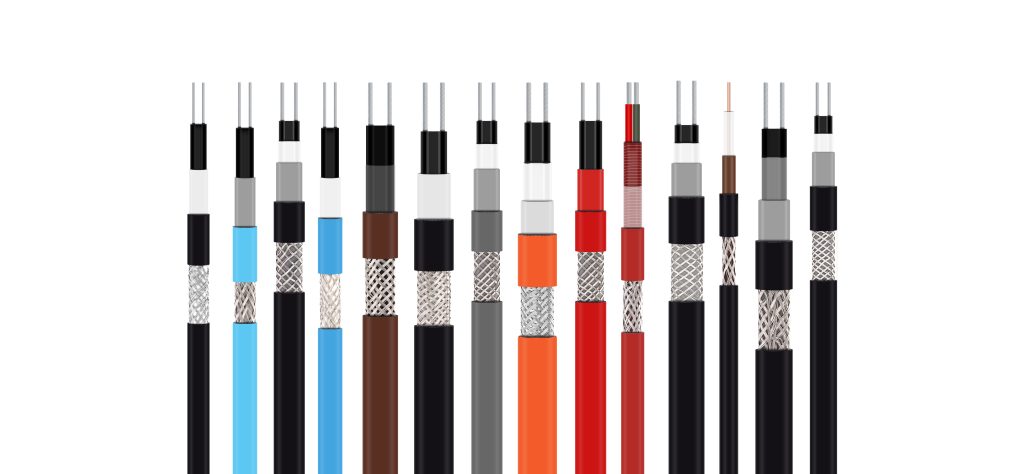Electric heating cables have become increasingly popular in recent years as a means of providing efficient and effective heating to a variety of surfaces. These cables are designed to be installed under flooring, in walls, or on roofs to provide heat to these surfaces, which then radiates into the surrounding environment. Self-regulating electric heating cables are a relatively new development in this area, and they have the potential to revolutionize surface heating in the coming years. In this essay, we will explore the advantages and disadvantages of self-regulating electric heating cables and consider whether they are the future of surface heating.

Self-regulating electric heating cables are designed to automatically adjust their heat output in response to changes in temperature. This means that they can operate more efficiently and effectively than traditional electric heating cables, which require a thermostat to control their output. Self-regulating cables can also reduce the risk of overheating, which can be a significant safety concern with traditional cables. Additionally, self-regulating cables can be installed in a wider range of environments, as they are better able to adapt to changes in ambient temperature and humidity.
One of the main advantages of self-regulating electric heating cables is their energy efficiency. By adjusting their output based on the temperature of the surface they are heating, these cables can save significant amounts of energy compared to traditional cables. This can result in lower energy bills for homeowners and businesses, as well as a reduced environmental impact. Additionally, because self-regulating cables do not require a thermostat to control their output, they can be easier to install and maintain than traditional cables.
Another advantage of self-regulating electric heating cables is their flexibility. Because they can adjust their output based on the temperature of the surface they are heating, these cables can be used in a wider range of environments than traditional cables. This means that they can be installed in areas with significant temperature fluctuations or high levels of humidity, without the risk of overheating or other safety concerns.
Despite these advantages, there are also some potential drawbacks to self-regulating electric heating cables. One potential issue is their cost. Self-regulating cables can be more expensive to purchase and install than traditional cables, which may make them less accessible to some homeowners or businesses. Additionally, because they are a newer technology, there may be some uncertainty about their long-term durability and reliability.
Another potential issue with self-regulating electric heating cables is their complexity. Because they require a more advanced system to regulate their output, these cables may be more difficult to install and maintain than traditional cables. This may require specialized knowledge or skills, which can increase the overall cost of installation and maintenance.

In conclusion, self-regulating electric heating cables have the potential to revolutionize surface heating in the coming years. Their energy efficiency, flexibility, and safety advantages make them an attractive option for homeowners and businesses looking to reduce their energy bills and environmental impact. However, the higher cost and complexity of these cables may limit their accessibility and appeal to some consumers. Ultimately, whether self-regulating electric heating cables become the future of surface heating will depend on a variety of factors, including cost, consumer demand, and the development of new technologies and materials.
Our hours
Mon 11/21 - Wed 11/23: 9 AM - 8 PM
Thu 11/24: closed - Happy Thanksgiving!
Fri 11/25: 8 AM - 10 PM
Sat 11/26 - Sun 11/27: 10 AM - 9 PM
(all hours are Eastern Time)